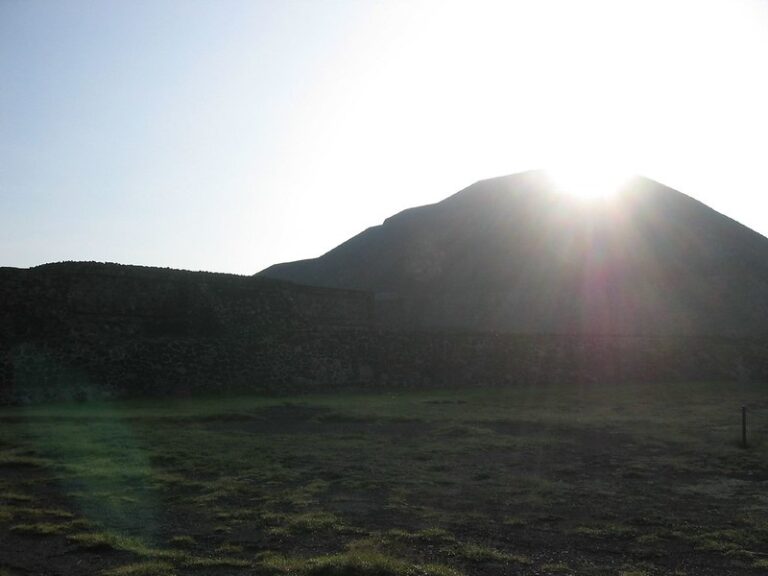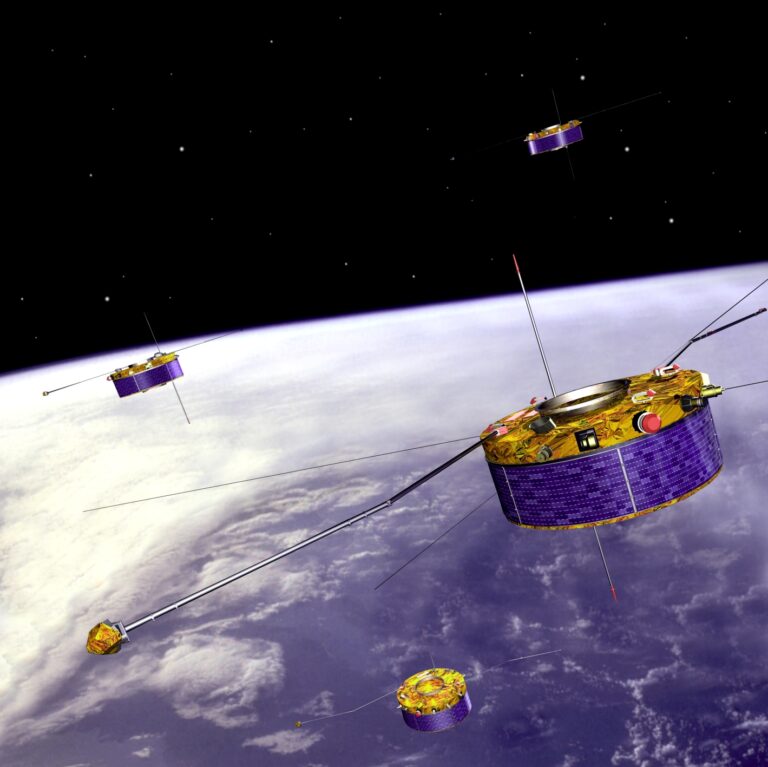Rick Ryerson from Lawrence Livermore and international colleagues discovered some new findings about Earth’s core and mantle by considering their geophysical and geochemical signatures together.
This research provides insight into the origins of Earth’s formation.
Based on the higher oxygen concentration of the core, Ryerson’s team concludes that Earth must have accreted material that is more oxidized than the present-day mantle, similar to that of planetesimals such as asteroidal bodies. A planetesimal is an object formed from dust, rock, and other materials and can be can be anywhere in size from several meters to hundreds of kilometers.
Earth formed about 4.56 billion years ago over a period of several tens of millions of years through the accretion of planetary embryos and planetesimals. The energy delivered by progressively larger impacts maintained Earth’s outer layer and an extensively molten magma ocean. Gravitational separation of metal and silicate within the magma ocean results in the planet characterized by a metallic core and a silicate mantle.
The formation of Earth’s core left behind geophysical and geochemical signatures in the core and mantle that remain to this day. In the past, core formation models have only attempted to address the evolution of core and mantle compositional signatures separately rather than looking for a joint solution.
By combining experimental petrology, geochemistry, mineral physics, and seismology, the team found that core formation occurred in a hot (liquid) moderately deep magma ocean not exceeding 1,100-mile (1,800-kilometer) depth, under conditions more oxidized than present-day Earth.
“This new model is at odds with the current belief that core formation occurred under reduction conditions,” Ryerson said. “Instead we found that Earth’s magma ocean started out oxidized and has become reduced through time by oxygen incorporation into the core.”
They found the oxygen concentrations in the core are higher than previously thought, and silicon concentrations are lower than previous estimates.










